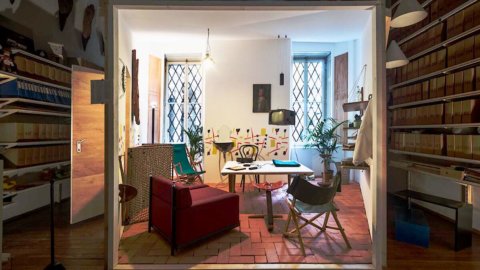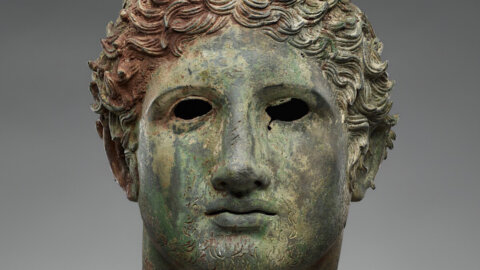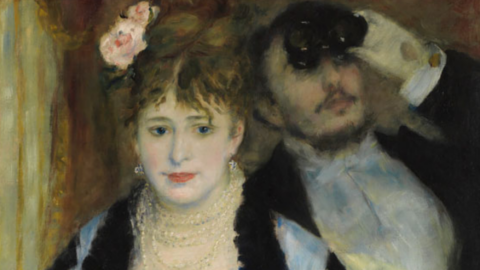La house-museum and historic homes are one typical form of museum which is based on transformation of the home of a famous person or a family in a museum open to the public.
The house-museum or residence becomes place of cultural mediation in which you can relive, see and visit the objects, works, spaces and relive the life of the character through thematic itineraries. This type of museum has an intrinsic strength of authenticity and its main vocation is to create a direct relationship between the former home, the place and the character by reviving the atmosphere and spirit. Unfortunately, many times the relevant problem of these museums is the location, the static nature and the low ability to create new themes to make it more attractive and more attractive.
Currently these places host archives, libraries, exhibitions, events and other initiatives: in Italy we have a large number of house-museums and historical houses.
Here it is possible to give new life and new impetus to these museums combine the museum purpose with a pro-social purpose by creating a social enterprise that can express and generate new values for the community. The social enterprise is considered by the Italian legal system of the Third Sector: "all private entities, including those set up in the forms referred to in book V of the Civil Code, which exercise on a stable and principal basis a business activity of general interest, non-profit and for civic purposes, solidarity and social utility, adopting responsible and transparent management methods and encouraging the broadest involvement of workers, users and other subjects interested in their activities". Recognized associations, foundations, committees, cooperatives, partnerships and corporations can become a social enterprise.
The strategic exercise consists in combining and connecting to the aims and original purpose new aims and new aims with a precise function and a robust characterization of social utility. The execution, equal to one normal startupcould envisage a commercial activity that produces economic value and at the same time social and cultural value.
Some interesting examples Albergo Etico, Enrico Magnani: for further information the ISNET Association offers an extensive review.
The strategic design should start from a careful analysis of the skills, interests, experiences that the character and/or place are able to inspire and evoke.
The new matchable purposes could be: create new professionalism with old trades, create old professionalism for new opportunities, market zero km products, offer new services (e.g. tourism) with added value. Commercial creativity should therefore start from the memory, identity and legacy of the place and the character to generate a company capable of creating value and incremental impact both economic and social for both shareholders and stakeholders. After all, this is a modern version of feedback in a logic of listening and co-creation of future opportunities according to a business creation model: I believe that ethical finance could be interested in these operations (through crowdfunding) and that there would be interest from various Ministries with the possibility of also providing government funding (Recovery Fund, PNRR).
"Some people don't like change, but you have to learn to change if the alternative is disaster." Elon Musk. All the Best!
Cover image: Achille Castiglioni House-Museum, Milan





